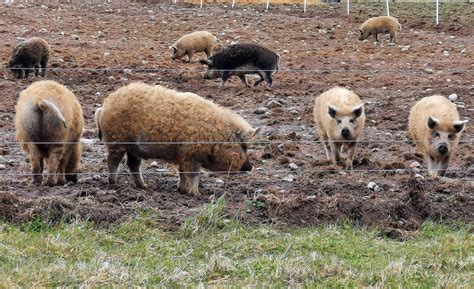Ullgrisar: A Deep Dive into the Fascinating World of Snow Whales

Ullgrisar: A Deep Dive into the Fascinating World of Snow Whales
Introduction
In the icy depths of the Arctic Ocean, where the suns rays barely penetrate the frigid darkness, there exists an enigmatic creature known as the ullgrisar, or "snow whale." These elusive marine mammals have captured the imagination of scientists, explorers, and storytellers for centuries. In this comprehensive guide, we delve into the fascinating world of ullgrisars, uncovering their unique characteristics, behavior, and the challenges they face in the face of a rapidly changing climate.
Physical Characteristics
Anatomy and Size
Ullgrisars are massive creatures, with adult males reaching lengths of up to 90 feet and weighing an astonishing 200,000 pounds. Their bodies are streamlined and torpedo-shaped, adapted for efficient swimming in the icy waters. The dorsal fin, located about two-thirds of the way along the back, is tall and distinctive.
Coloration and Camouflage
Ullgrisars possess a remarkable camouflage ability thanks to their pure white coloration, which blends seamlessly with their snowy environment. This adaptation provides them with protection from predators and allows them to ambush prey.
Behavior
Social Structure
Ullgrisars are highly social animals, living in large pods of up to hundreds of individuals. These pods are led by a dominant male, who ensures the groups safety and maintains order.
Hunting and Diet
Ullgrisars are apex predators, primarily feeding on smaller marine mammals, such as seals and walruses. They use their powerful jaws and immense size to crush the skulls of their prey.
Vocalization
Ullgrisars communicate through a complex system of vocalizations, including clicks, whistles, and roars. These sounds allow them to echolocate, navigate, and maintain contact with each other in the vast and often dark Arctic waters.
Habitat and Distribution
Ullgrisars are found exclusively in the Arctic Ocean, primarily in the waters surrounding Greenland, Canada, and Alaska. They prefer areas with deep water, floating ice packs, and abundant prey.
Reproduction
Ullgrisars reach sexual maturity between the ages of 8 and 12. Mating occurs during the spring and summer months, and gestation lasts for approximately 15 months. The mother gives birth to a single calf, which nurses for up to two years.
Conservation Status
Threats to Ullgrisar Populations
Ullgrisars face numerous threats, including:
- Climate change: The melting of Arctic ice caps and the warming of ocean waters are significantly impacting ullgrisar habitats and prey availability.
- Hunting: Ullgrisars have been hunted for their meat, blubber, and tusks, which has led to population declines in some areas.
- Pollution: Toxic pollutants, such as PCBs and heavy metals, accumulate in the Arctic ecosystem and can harm ullgrisars through ingestion or bioaccumulation.
Conservation Efforts
International organizations and governments have implemented conservation measures to protect ullgrisars and their habitat, including:
- Establishing marine protected areas
- Regulating hunting activities
- Reducing pollution sources
- Conducting research to monitor population trends and identify conservation priorities
Fun Facts
- Ullgrisar calves are born with a thick layer of blubber to protect them from the harsh Arctic environment.
- Ullgrisars have an average lifespan of approximately 50 years.
- The ullgrisar is the largest living species of cetacean, surpassing the blue whale in size.
- A group of ullgrisars is referred to as a "pod" or a "glade."
- Ullgrisars are capable of breaching the waters surface, propelling themselves out of the water with incredible force.
Personal Encounter
During an expedition to the Canadian Arctic, I witnessed a pod of ullgrisars swimming alongside our research vessel. Their immense size and graceful movements left an unforgettable impression on me. I was struck by their intelligence and playfulness, as they interacted with each other and playfully chased our ship.
Conclusion
The ullgrisar, a majestic creature that embodies the beauty and fragility of the Arctic ecosystem, faces significant challenges due to human activities and climate change. By raising awareness about the plight of these magnificent animals and supporting conservation efforts, we can help ensure their survival for generations to come. The ullgrisar, with its captivating presence and enduring spirit, stands as a testament to the wonders of the natural world and the importance of protecting its diverse inhabitants.
